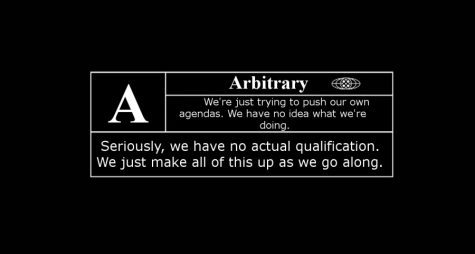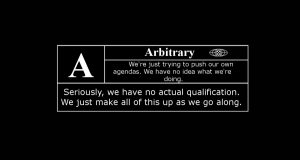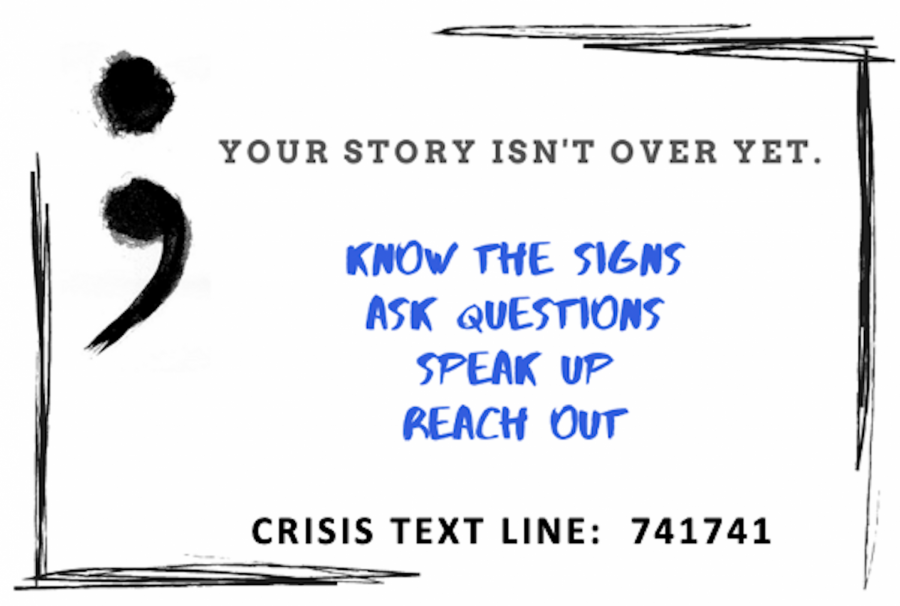Dress code promotes double standard, sexual violence
A student wearing jeans with holes above the knee risks receiving a dress code violation. Her outfit is in no way provocative, yet she still avoids administration throughout the day.
September 21, 2016
“You need to put a shirt on.”
“I can see your bra.”
“Find something to cover yourself with.”
These are just a few of the harsh demands and accusations I’ve heard teachers make when confronting young women on their outfits. These comments may not sound so threatening on paper but when a teacher or an administrator calls a student out in front of her peers and classmates, it’s not only devastating but insulting. No one wants the embarrassment of getting dress code, especially when teachers mercilessly point it out in front of everyone.
What gives teachers and administration the right to call out and shame students, specifically girls, for their attire? And if they can say things like that, doesn’t that set an example for other students to talk to them the same way?
While dress code applies to all students, it seems to mainly target women. Female students are restricted from showing their shoulders, the upper part of their legs, and most of their collarbone. Even “form fitting” clothing is frowned upon, because apparently the mere shape of people’s bodies are considered obscene. With rules like these, students can end up feeling ashamed and embarrassed because of their bodies. Teenagers are already self-conscious about almost everything, especially their body types, and dress codes don’t do them any favors.
The strict conditions students must fulfill when selecting an outfit are an unnecessary form of pressure added on to teenagers, especially young women. Girls have enough trouble trying to follow trends and creating their own image without being limited by what the school board deems as “inappropriate” or the fact that guys may become “distracted.”
If the point of dress code is to make sure teenage boys aren’t tempted in their place of learning, then there’s a bigger problem than the way girls dress. If anything, dress code should simply be a preparation for strict rules in the workplace.
With rules like these, students can end up feeling ashamed and embarrassed because of their bodies.
— Staff Writer Allie Bunting
“Some of our most powerful and lasting ideas about the world around us are learned at school,” according to TIME magazine writer Laura Bates. In this case, the schools are teaching young men that it is normal to be distracted by girls’ bodies.
The fact that schools allow it is enough to make guys think that it is okay to harass girls for their outfit choices and body types, whether they do it or not. It implements the idea that it is the girl’s fault either simply for having the physique she has or for dressing provocatively.
This builds a basis for the belief that “boys will be boys,” something drilled into people’s minds from as early as elementary school. For example, if a little boy ever teases a little girl, it’s simply brushed as a form of affection. “It’s because he likes you,” teachers, and even parents, always say. This is a gross validation of abusive behavior that teaches young girls to appreciate the harassment and even be attracted to it.
It’s a disgusting thing to say to someone so young, whose mind is so malleable that they’ll believe whatever they hear. These ideas create lasting impressions in people that can lead to abusive relationships and a lifelong understanding that a man can’t be blamed for his hormones.
Girls are automatically taught to avoid this harassment because it is inevitable after the lack of punishment guys face for their behavior. However, harassment should not be the expected norm for when a girl shows her collarbone, or any part of her body for that matter. Young women should not have to fear for their safety every time they leave the house wearing something slightly revealing.
Society has sexualized the female body so much that whenever part of it is exposed, people categorize it as provocative. This just promotes the objectification of the female body as well as the violence women must avoid throughout their entire life.
Girls learn from a very early age that they must take daily precautions so as to not have men staring, becoming “distracted,” or, too commonly, sexually assaulting them.
Rape is a word that isn’t used lightly, but once a woman claims a case, she is the one scrutinized for the conditions she put herself in. One of the first things analyzed is, you guessed it, her outfit. A vast majority of people will say she was “asking for it” depending on how much skin she was showing. Too many cases of sexual violence have gone overlooked because of what the victim was wearing.
According to Bates, “[S]ociety will blame and question and silence [the victim], while perpetrators are rarely disciplined… The problem is often compounded by a lack of any attempt to discipline boys for harassing behavior, which drives home the message that it is the victim’s responsibility to prevent.” This type of mentality begins with dress code and the fact that it penalizes girls for what they wear.
“Women have to live their lives in fear because in general, seeing stuff on the news, so many bad things happen. Basically whenever a woman goes out she has to tell a friend or tell somebody so that if something goes wrong, they’re protected,” senior Monica Gonzalez said.
Many other students are just as outraged by the arbitrary nature of dress code. There are many girls who break dress code on a regular basis and try to avoid administration so they do not get in trouble for their outfits. These are young women who are usually dressed completely appropriately, even classy, but the fact that the end of their shoulder slightly shows puts them on edge for the rest of the day.
The daily preparation of guarding themselves from certain comments or harassment is a skill [girls] must take into adulthood.
— Staff Writer Allie Bunting
Senior Alyssa Loesch said that she feels dress code is “sexist towards females” and senior Craig Riley agreed that that the rules specifically restrict “women with larger features and longer legs.” When asked if they could change any of the rules, a group of seniors agreed that they would change it so that people could show more of their shoulders and be able to wear hats.
When asked about the reasons for dress code, principal Allen Leonard said that “schools traditionally are training students for the soft skills that they’re going to need when they go out into the workplace.” These skills clearly include dressing appropriately for professional jobs, but they must also include preparing girls for the sexist and abusive behavior they tend to face as women. The daily preparation of guarding themselves from certain comments or harassment is a skill they must take into adulthood.
When the topic of sexual violence was brought up, Leonard said that the administration at Starr’s Mill tries “very hard not to make judgement calls based on gender or anything else. It’s strictly a non gender-specific dress code.” He also went on to say that “dress code basically sets up a minimum set of standards for what part of your body has to be covered, boy or girl, male or female.”
It is understandable that dress code applies to all genders on paper. However, the way it is enforced says otherwise.
For example (and this is not necessarily a Starr’s Mill rule but it’s been implemented elsewhere), guys are allowed to paint up shirtless at football games but if a girl does the same thing sporting a sports bra and shorts, she’s kicked out of the game. There’s understandably certain parts on girls and guys that should remain covered but a sports bra or swimsuit top would be the equivalent to a shirtless guy.
“In terms of sexual provocativeness, boys can wear essentially whatever they want,” according to Wendie Yeung of the Berkeley Political Review. “In fact, when it comes down to it, there really is no true male equivalent of ‘slutty’ clothes.”
The issue is not whether guys are punished for how they dress but rather how they act. The assumption that teenage boys can not control themselves around girls and the way they dress is not only ridiculous but insulting. In reality, there are not many cases where a teenage boy would cause any disruption because a girl shows her shoulder, so the fact that schools make this assumption is a bit unnecessary.
Not only that, but it sets up an expectation for boys to harass girls for their outfits/bodies, even though they wouldn’t in the first place, mainly because they won’t be punished. It’s seen as the girls’ fault for tempting them and, therefore, gives guys the okay to say what they want.
Usually, if a guy were to ever say something or try sexually harassing a girl for what she wears, it would happen outside of school. The point being discussed here is that dress code and other factors that are taught to them for years are what makes guys think that it’s okay.
So instead of setting up the rules to blame girls for their bodies and shame them for their attire, why not change them to punish harassing behavior? Why not penalize the ones who become “distracted” and disrupt class to harass the innocent rather than the ones whose shorts don’t exactly meet their fingertips?
Since there aren’t many cases of teenage guys harassing girls, at least not on a daily basis or on school grounds, there wouldn’t be as many cases that would call for punishment as there are for when a girl breaks dress code,which tends to happen almost every day.
A change in the rules would provide influential changes for the future. It would help students understand that any kind of abusive behavior is not okay.
If girls were no longer restricted and objectified by the rules of dress code, it would set up the idea that girls can wear whatever they want without being treated harshly. This would lead to the end of women being blamed for what men did to them and to men owning up to their actions and behavior. Hopefully, one day a change like this can made, but for now we’re stuck with the double standard of dress code influencing generations of sexual violence.















